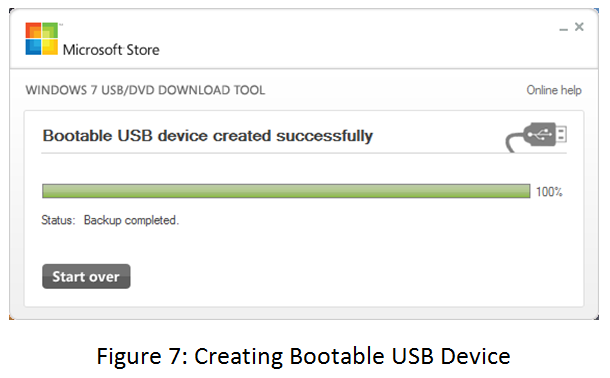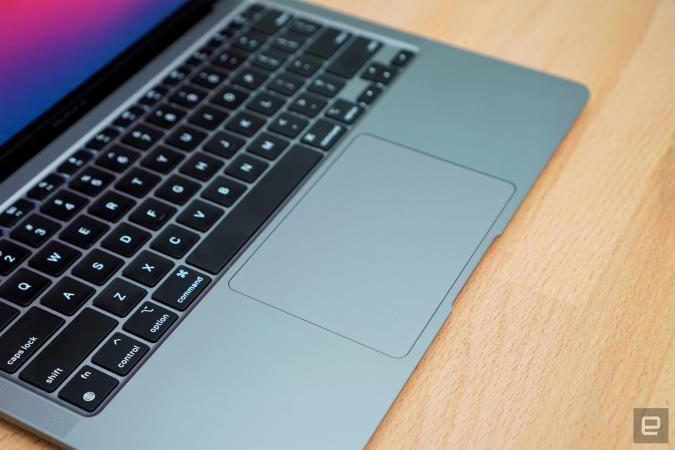

After your install disk is created through bootcamp, restart your computer and press + hold the option key as soon as you hear the Mac chime.Select “Create Windows 7 or later install disk” and “Download the latest Windows support software from Apple,” while leaving the third option unchecked. Now, relaunch Boot Camp Assistant and you should now be able to create an install disk on your removable USB with your Windows 10 ISO file.(You might be prompted to install some additional tools if they don’t exist already, go ahead and install them.) Sudo codesign -fs - /Applications/Utilities/Boot\ Camp\ Assistant.app/ Open up terminal and run the following command Modify Boot Camp app – Warning, you could nuke Boot Camp here.Look for something called “Boot Rom Version.” Mine was 07, yours should be something similar with the first 3 letters being a prefix for your computer model. First, click the Apple logo in the top left -> About this Mac -> System Report.This gets fun, as you have to do some “sneaky beaver” stuff to trick your MacBook into thinking it’s much younger than it is. Back your stuff up and grab a Windows 10 ISO here.A bit of intuitive tinkering with this process should allow you to get this to work for most models. The following is the tedious process I went through to “trick” my MacBook Air (3,2 / Late 2010) into letting me “burn” a Windows 10 ISO file onto a removable USB in order to put Windows 10 on my MacBook. At least that’s what Apple wanted me to believe. Boot Camp doesn’t officially support Windows 10 right now, and my MacBook Air is too old to support booting from USB.

I’m always up for a frustrating challenge that involves banging my head relentlessly against a wall until one side gives in.


 0 kommentar(er)
0 kommentar(er)
